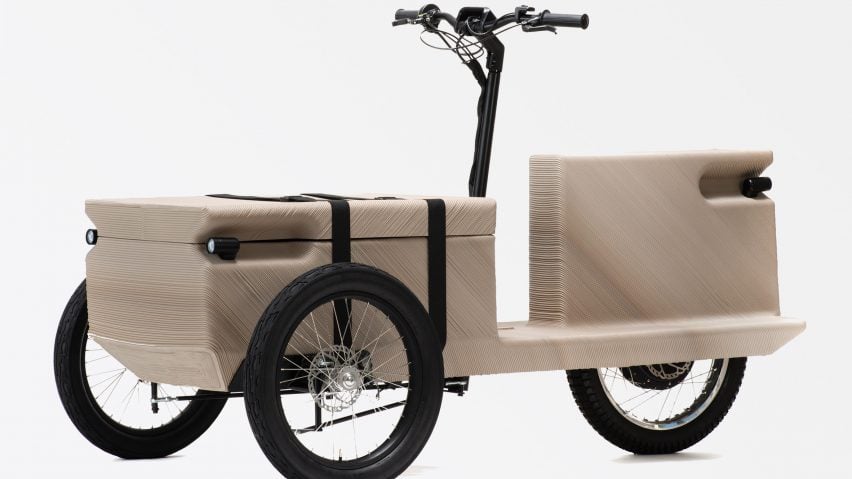
ZUV is an electric tricycle that can be 3D-printed from plastic waste
EOOS has developed a prototype for a "zero-emissions utility vehicle", or ZUV, which can be 3D-printed locally rather than having to be shipped around the world.
Created by EOOS NEXT, the social design arm of Austrian studio EOOS, the vehicle was commissioned for MAK's Climate Care exhibition as part of the Vienna Biennale for Change. The tricycle is made from 70 kilograms of plastic packaging waste sourced from supermarkets.
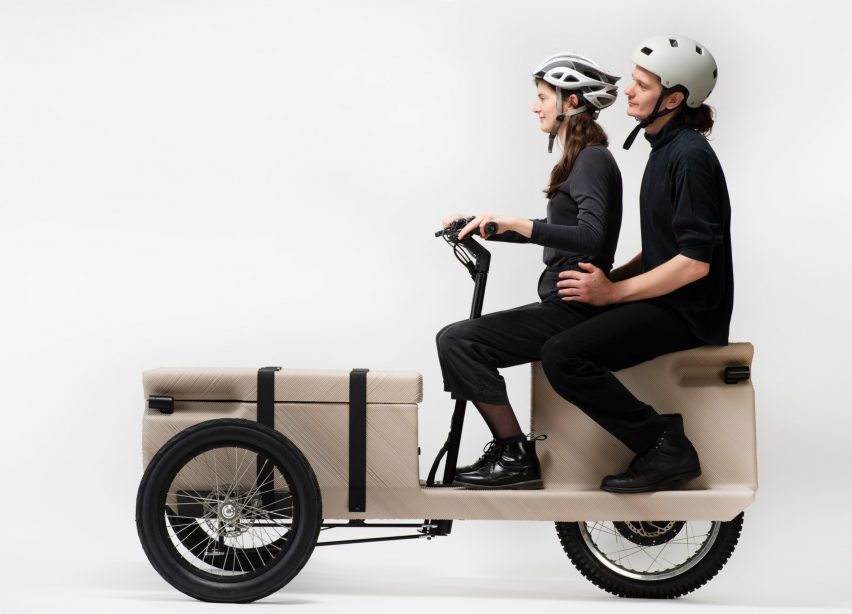
"We wanted to design around local, affordable production," EOOS founder Harald Gründl told Dezeen.
"Because of the high labour costs in Europe, almost every bike frame is produced in Asia. But we want a local ZUV production facility in every city around the world."
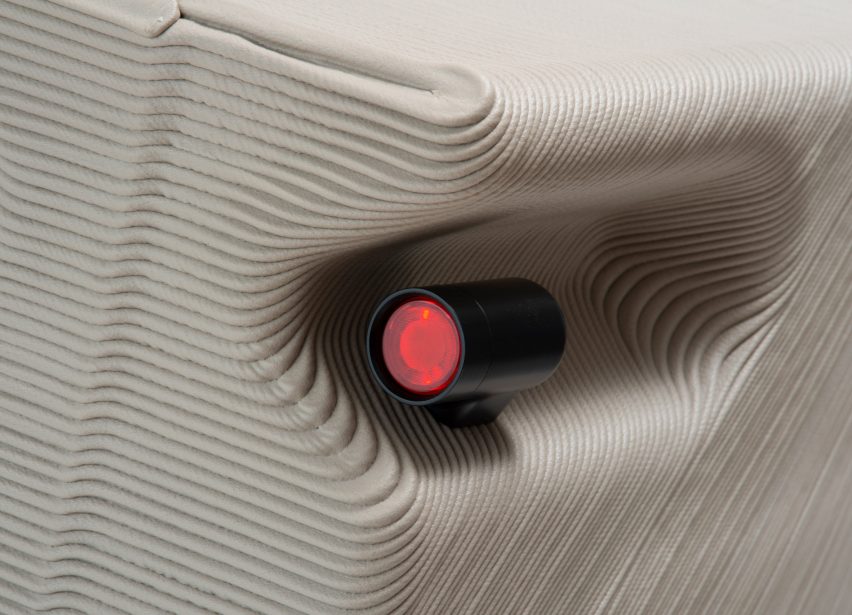
Created in collaboration with additive manufacturing company The New Raw, the ZUV is powered via a rear-wheel hub motor without the need for pedals or a bike chain.
To produce the simplified design, Gründl envisioned a local economic cycle, which would allow users to 3D-print the polypropylene chassis at a fab lab with large-scale robot printing.
From here, they could go to any bike workshop to bolt on a motor at its predefined position alongside the handlebars, brakes and three wheels.
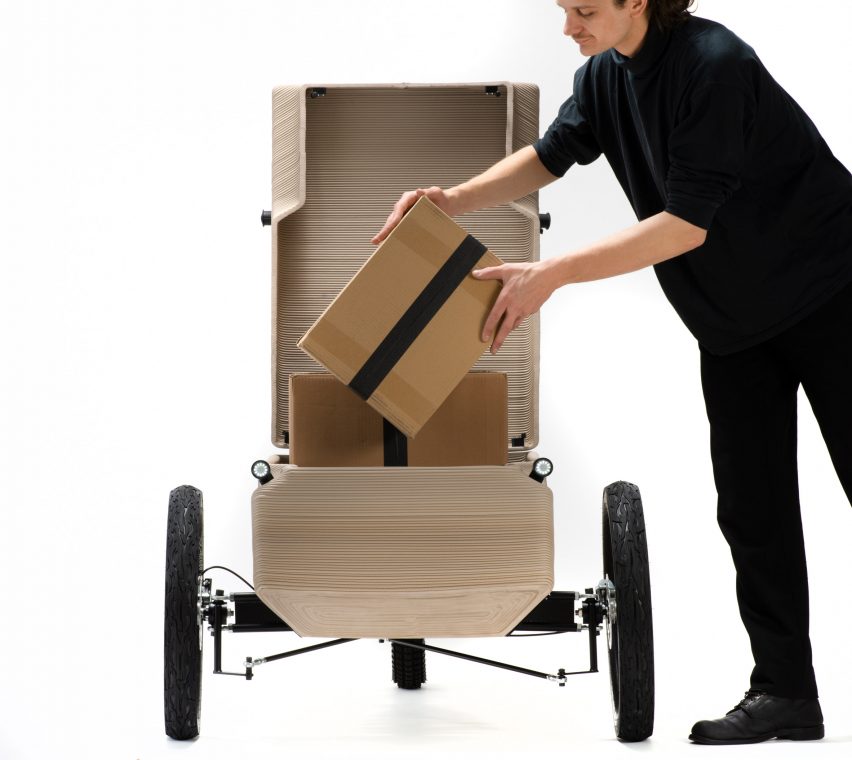
This would allow individual components to be repaired and replaced close to home to extend the vehicle's lifespan. And ultimately, the chassis could be shredded and re-printed to form another ZUV.
"What we envision is a circular economy of mobility," Gründ explained.
"Service schemes with a designed 'take back' will be the future. And it's way easier to close the loop if you do it locally rather than sending around ships full of waste as we do today, which is stupid."
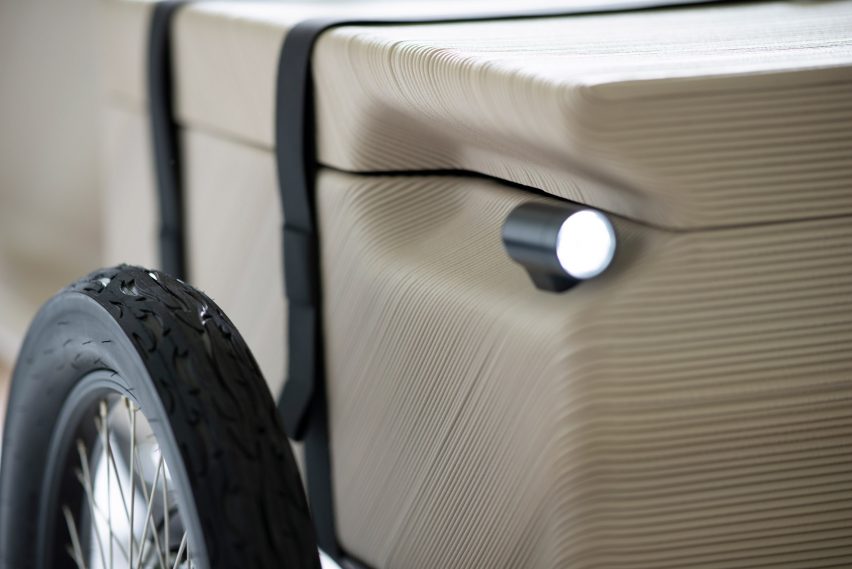
Even the 3D printing process itself was designed to minimise waste, as The New Raw uses custom machinery built from a disused industrial robot.
This is capable of printing diagonal layers rather than vertical or horizontal ones, which means that no additional falsework is needed to support the structure while it is being printed.
Despite its compact design, which weighs in at only 100 kilograms, the ZUV can carry two adults on its bench seat alongside two children or an equivalent amount of cargo in the transport box at the front.
The hope is that it could help to fulfil some of the heavy-load, short-distance journeys, for which we traditionally default to a car.
"A car has maybe 800 kilogrammes of battery while a bicycle has eight and it does the job for many of the journeys that we want to make in a city," Gründ said.
"A lightweight vehicle has the benefit of having less effort in the production but it also uses less energy to transport people," he added. "The more sustainable you want to make a mobility system, the less weight it should have."
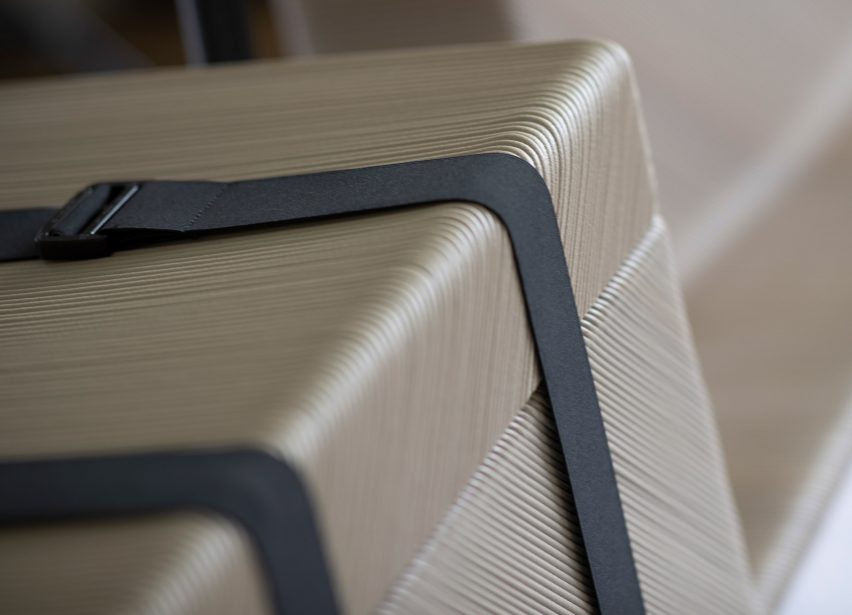
Whether the final electric vehicle will truly be "zero emissions" in use is dependant on the energy mix in the city where it is being charged and how much of it comes from renewable sources.
By making use of local fabrication and waste materials, Gründ also hopes the project goes some way towards lowering the emission associated with producing the EV in the first place.
"The reuse of post-consumer plastics is a big step towards net-zero carbon emissions," Gründ said. "Every new vehicle will be, in a way, carbon neutral as long as the 3D printer is operated with energy coming from renewables."
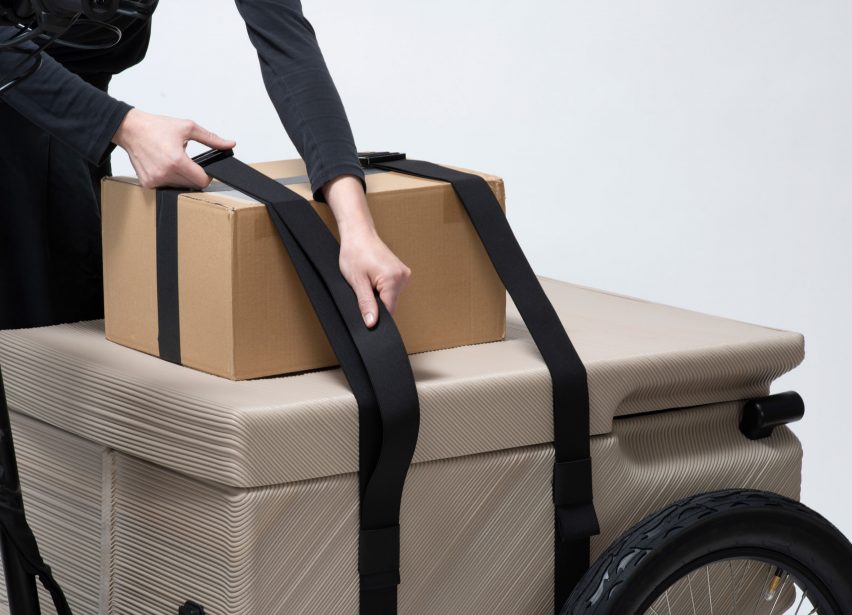
This does not consider the emissions associated with producing the supermarket packaging in the first place, which could only be avoided if the industry moved away from single-use plastics.
But Gründ argues that recycling does eliminate end-of-life emissions when the plastic is incinerated.
"When supermarket plastic in Vienna goes to recycling, they're just burning it," he said. "And this creates another three tonnes of CO2 emissions, which we could avoid."
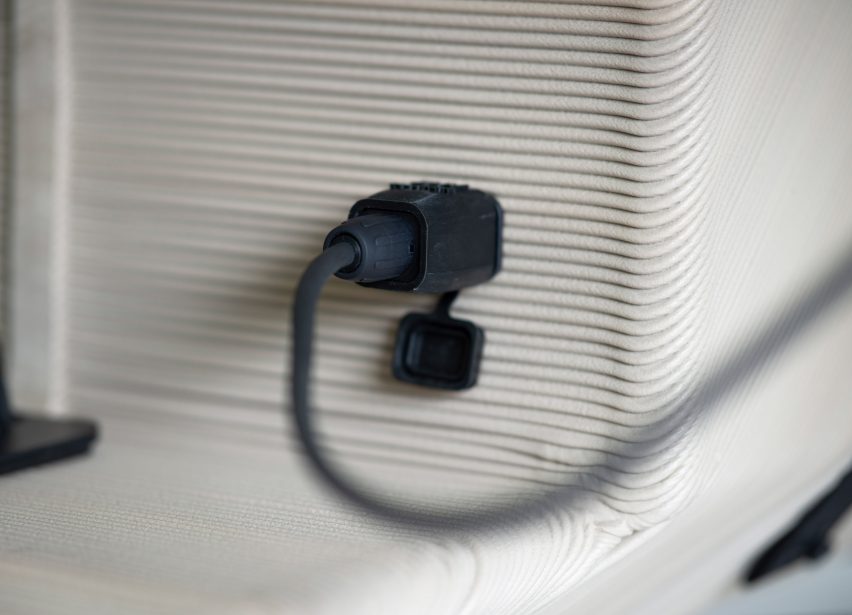
Another brand on a mission to cut the emissions associated with EV production is Swedish carmaker Polestar, which is aiming to produce a climate-neutral car by 2030.
Reusing materials from scrapped cars will play a key part in achieving this goal, the company's head of sustainability Fredrika Klarén told Dezeen as part of an in-depth interview for our carbon revolution series.
"If you look at a car, you have a very high recyclability but somehow we are not completing the loop," she said. "We don't have a large recycled content today in cars so that would be a challenge going forward."
Photography is by Studio Theresa Bentz.